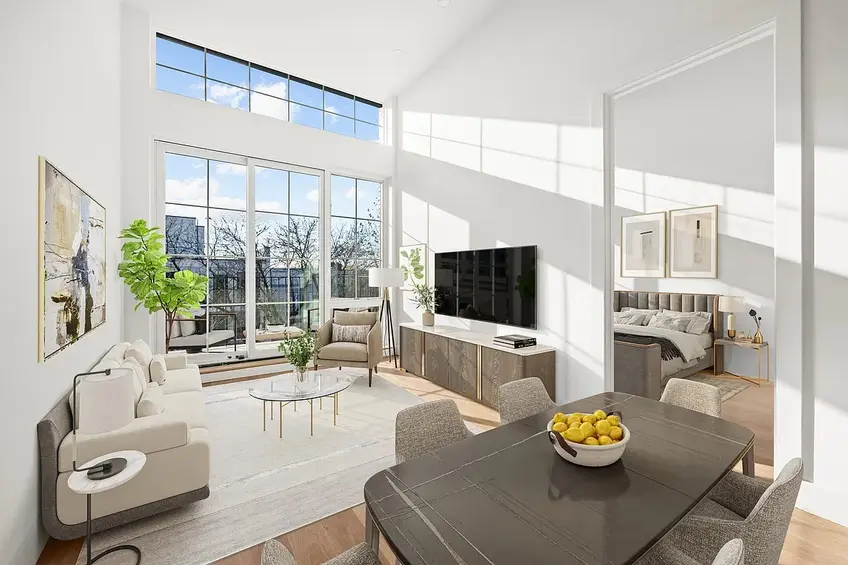 1019 Hancock Street #4B
1019 Hancock Street #4B
Most people dream of buying their own home at some point in their life, and in most regions of the
United States, this is a dream that can be achieved with a bit of hard work and deliberate saving. In
New York City, buying one’s first home is often much more challenging. This not only reflects the
fact that one generally needs a higher down payment to enter the market but also that New York
properties often don’t qualify for programs designed to assist first-time buyers.
In this article:
There are generally three reasons that New Yorkers and/or New York City properties don’t meet the criteria of first-time buyer programs:
1. First, many buyer’s assistance programs place caps on the value of the home one can
purchase. With New York City’s high property values, it can be challenging to find a
home inexpensive enough to qualify.
2. Much of the housing stock in New York City is comprised of cooperatives, and their boards are free to determine thresholds for financing (thresholds for financing are generally capped at 80% but can be as low as 20%). As a result, while a buyer may qualify for a first-time buyer program (e.g., a Federal Housing Administration (FHA) low down payment mortgage), they may struggle to gain approval to use a low down payment mortgage to purchase a property in New York City.
3. Beyond the expectation that buyers bring at least 20% or more to any deal, closing costs in New York City are generally much higher than they are in other regions of the country.
2. Much of the housing stock in New York City is comprised of cooperatives, and their boards are free to determine thresholds for financing (thresholds for financing are generally capped at 80% but can be as low as 20%). As a result, while a buyer may qualify for a first-time buyer program (e.g., a Federal Housing Administration (FHA) low down payment mortgage), they may struggle to gain approval to use a low down payment mortgage to purchase a property in New York City.
3. Beyond the expectation that buyers bring at least 20% or more to any deal, closing costs in New York City are generally much higher than they are in other regions of the country.
Despite these restrictions, there are a few programs that continue to help New Yorkers enter the
housing market for the first time. This two-part article discusses available programs at the city, state, and federal levels that exclusively target or primarily target first-time buyers. This article also details the specific conditions under which these programs do and do not apply. The first part of this article examines city-level programs designed to support first-time buyers.
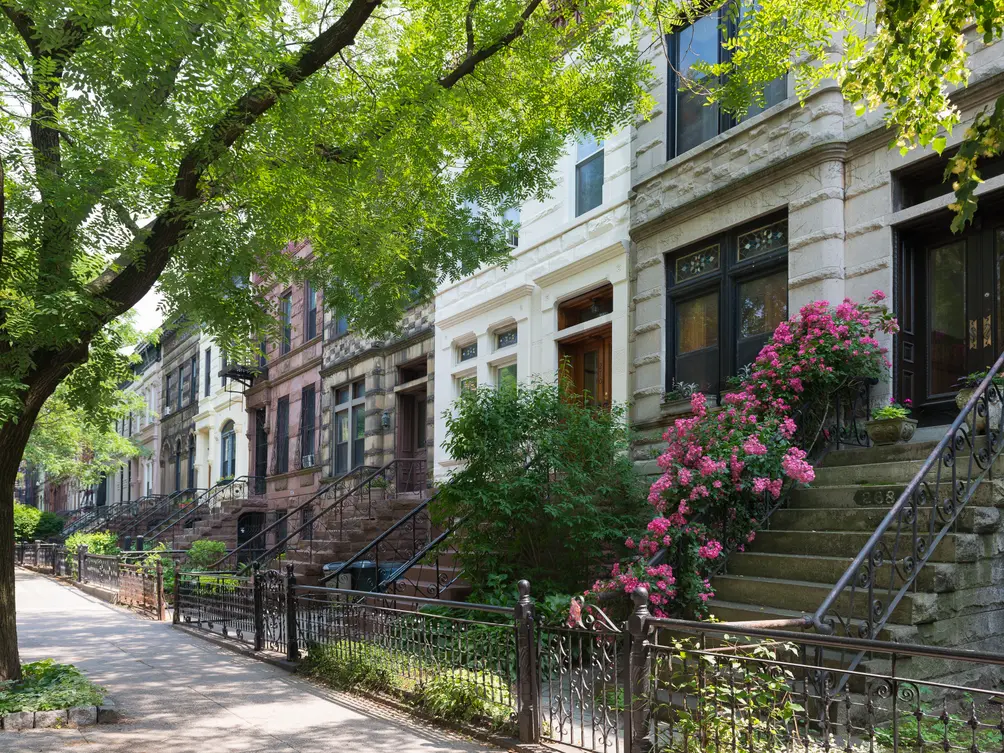 Dreamy brownstones in Prospect Heights (CityRealty)
Dreamy brownstones in Prospect Heights (CityRealty)
HomeFirst Down Payment Assistance
The only city-based program exclusively targeting first-time buyers is the NYC Housing Preservation & Development’s (HPD) HomeFirst Down Payment Assistance Program. As stated on the program’s homepage, the program provides qualified buyers with up to $100,000 toward the down
payment or closing costs on any condominium, cooperative, or one- to four-bedroom home
purchased in the five boroughs. To qualify, buyers must meet the program’s outlined criteria:
1. Be a first-time homebuyer;
2. Complete a homebuyer education course (these are offered by HPD-approved agencies);
3. Work with an HPD-approved Housing Counseling Agency to complete a HomeFirst Loan Application (more information on this here);
4. Have some savings to contribute to the down payment or closing costs;
5. Meet program income eligibility requirements;
6. Make a minimum down payment of 3% of the purchase price towards the home purchase;
7. Purchase an eligible home (e.g., a condominium, cooperative, or 1-4 unit home in the five boroughs of New York City);
8. Pass a Housing Quality Standards (HQS) inspection;
9. Live in the home for at least 10 years following the purchase if the loan is less than or equal to $40,000, or at least 15 years if the loan is greater than $40,000;
10. Have a household income up to 80% AMI (e.g., for a family of four, this is $124,400).
2. Complete a homebuyer education course (these are offered by HPD-approved agencies);
3. Work with an HPD-approved Housing Counseling Agency to complete a HomeFirst Loan Application (more information on this here);
4. Have some savings to contribute to the down payment or closing costs;
5. Meet program income eligibility requirements;
6. Make a minimum down payment of 3% of the purchase price towards the home purchase;
7. Purchase an eligible home (e.g., a condominium, cooperative, or 1-4 unit home in the five boroughs of New York City);
8. Pass a Housing Quality Standards (HQS) inspection;
9. Live in the home for at least 10 years following the purchase if the loan is less than or equal to $40,000, or at least 15 years if the loan is greater than $40,000;
10. Have a household income up to 80% AMI (e.g., for a family of four, this is $124,400).
Other City Programs Designed to Help Renters Transition to Home Ownership
HomeFirst Down Payment Assistance is the only local program that specifically targets first-time
buyers, but there are a few other programs that support first-time buyers (along with other buyers)
by offering access to below-market-rate opportunities. Notably, under some conditions, these programs can be used in conjunction with the HomeFirst Down Payment Assistance.
● City-Sponsored Home Ownership Programs: NYC Housing Preservation & Development occasionally has opportunities for prospective homebuyers. These opportunities are listed on the Housing Connect page. Eligibility is based on meeting the city’s income guidelines for affordable housing and other factors, including one’s credit history.
● City-Sponsored Home Ownership Programs: NYC Housing Preservation & Development occasionally has opportunities for prospective homebuyers. These opportunities are listed on the Housing Connect page. Eligibility is based on meeting the city’s income guidelines for affordable housing and other factors, including one’s credit history.
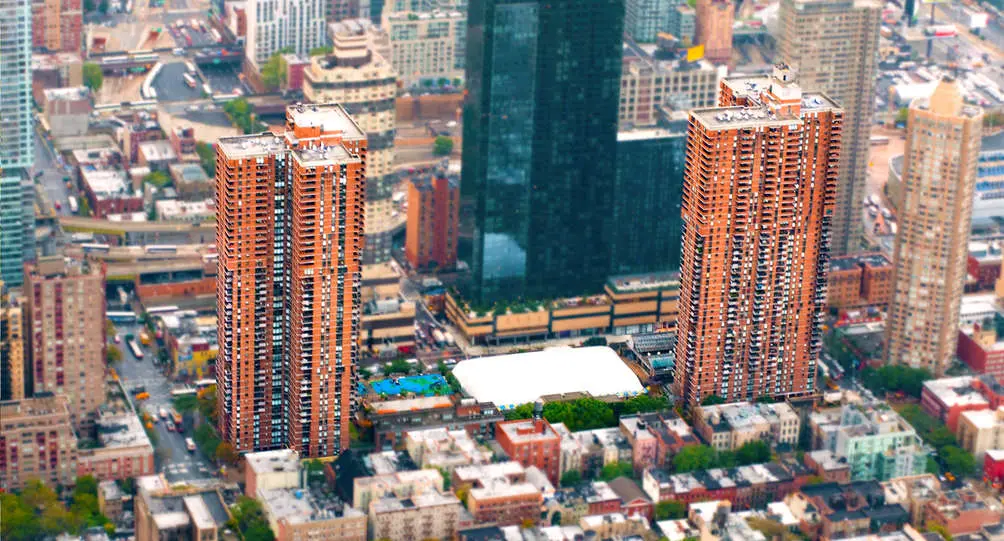 The Mitchell Lama housing complex called Manhattan Plaza (photo via LIHC Investment Group)
The Mitchell Lama housing complex called Manhattan Plaza (photo via LIHC Investment Group)
● Mitchell-Lama:
The origins of the Mitchell-Lama program date back to the mid-20th century when Senator
MacNeil Mitchell set out to create an affordable option for middle-class New Yorkers who
wished to purchase their own home. While the program has never been restricted to New
York City, most Mitchell-Lama developments, which were constructed in the 1950s to
1960s, were built in the five boroughs. Today, opportunities to purchase a Mitchell-Lama
unit occasionally still do arise but waiting lists for these highly affordable cooperative units are long and competition is tight. Prospective buyers can stay up to date on open waiting list lotteries for Mitchell-Lama co-ops here.
● HDFC: While one doesn’t have to be a first-time buyer to qualify for a Housing Development Fund Cooperation (HDFC) unit, most HDFC buyers are first-time buyers. This reflects the fact that these units are well below market rent (e.g., it is still possible to buy many two-bedroom HDFC units for under $300,000, even in Manhattan). However, depending on the specific terms of sale, HDFC units may or may not be affordable. Because they are cooperatives, sellers and boards can set the terms of sales. As a result, these highly affordable units often come with unusual terms—for example, to qualify, you may need to have an extremely low income and yet be expected to bring an extremely high down payment to the deal. Read more about HDFC opportunities and their restrictions here.
● HDFC: While one doesn’t have to be a first-time buyer to qualify for a Housing Development Fund Cooperation (HDFC) unit, most HDFC buyers are first-time buyers. This reflects the fact that these units are well below market rent (e.g., it is still possible to buy many two-bedroom HDFC units for under $300,000, even in Manhattan). However, depending on the specific terms of sale, HDFC units may or may not be affordable. Because they are cooperatives, sellers and boards can set the terms of sales. As a result, these highly affordable units often come with unusual terms—for example, to qualify, you may need to have an extremely low income and yet be expected to bring an extremely high down payment to the deal. Read more about HDFC opportunities and their restrictions here.
Part two of this article outlines several state and federal programs that can be used on their own or in conjunction with the aforementioned local programs to help tenants make the leap from renting to homeownership.
Notable Entry-Level Apartments on the Market Now
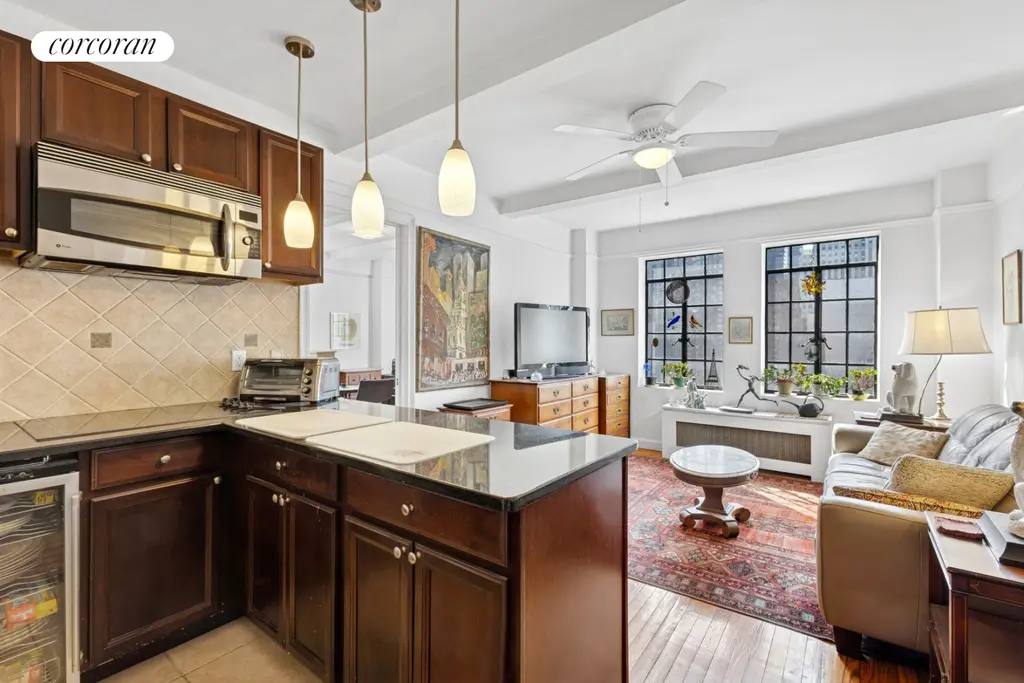
Tudor Tower, #1812 (Corcoran Group)
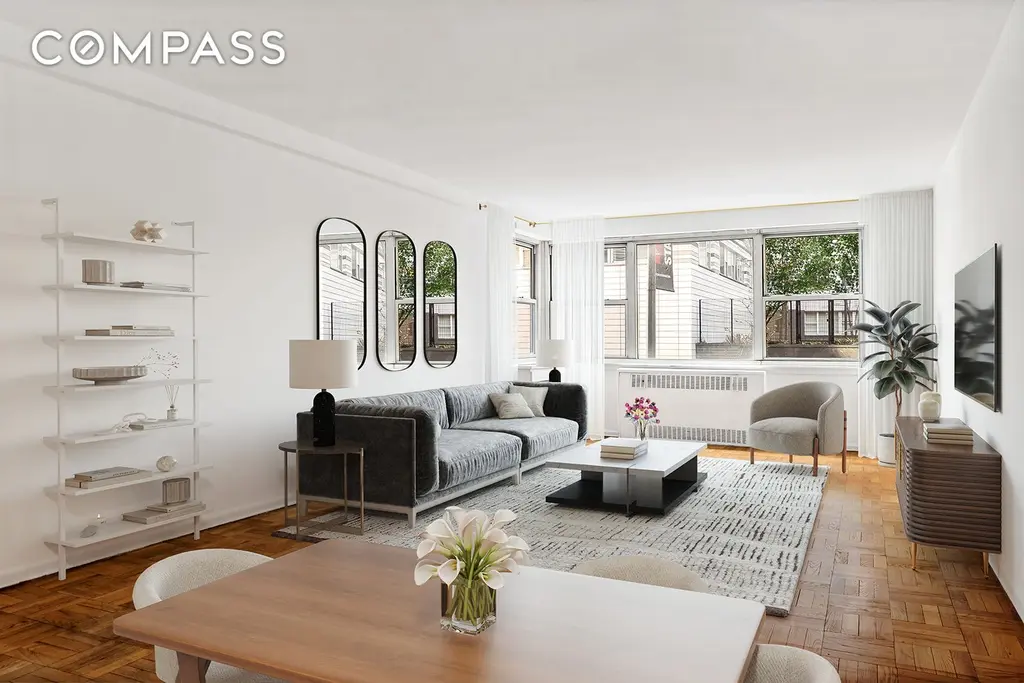
233 East 69th Street, #2C (Compass)
Would you like to tour any of these properties?
Just complete the info below.
Or call us at (212) 755-5544
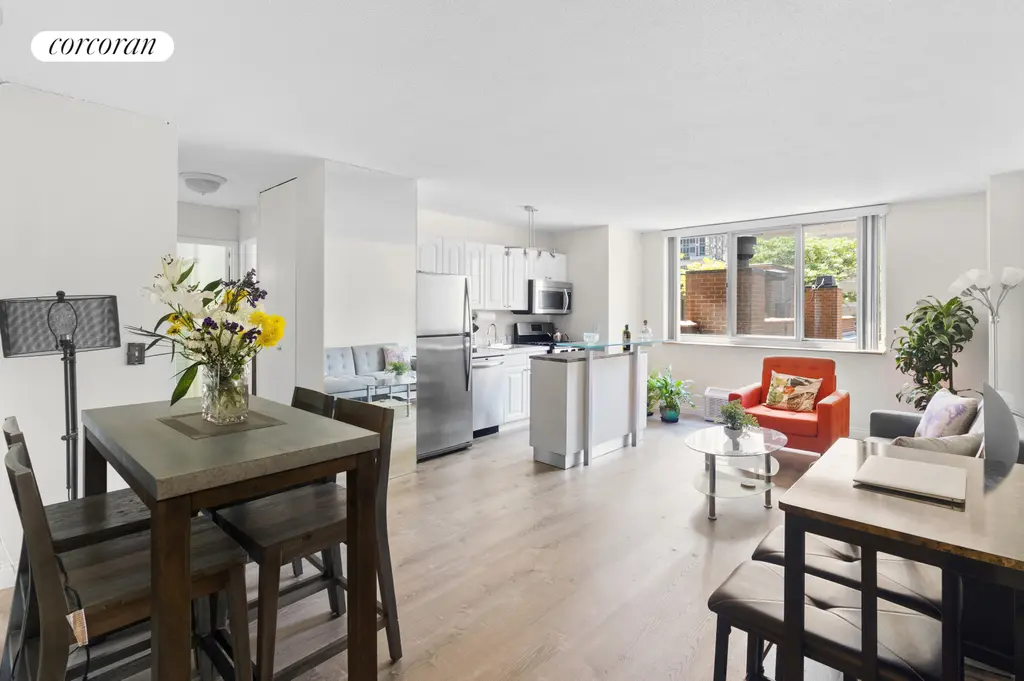
Mill Rock Plaza, #2E (Corcoran Group)
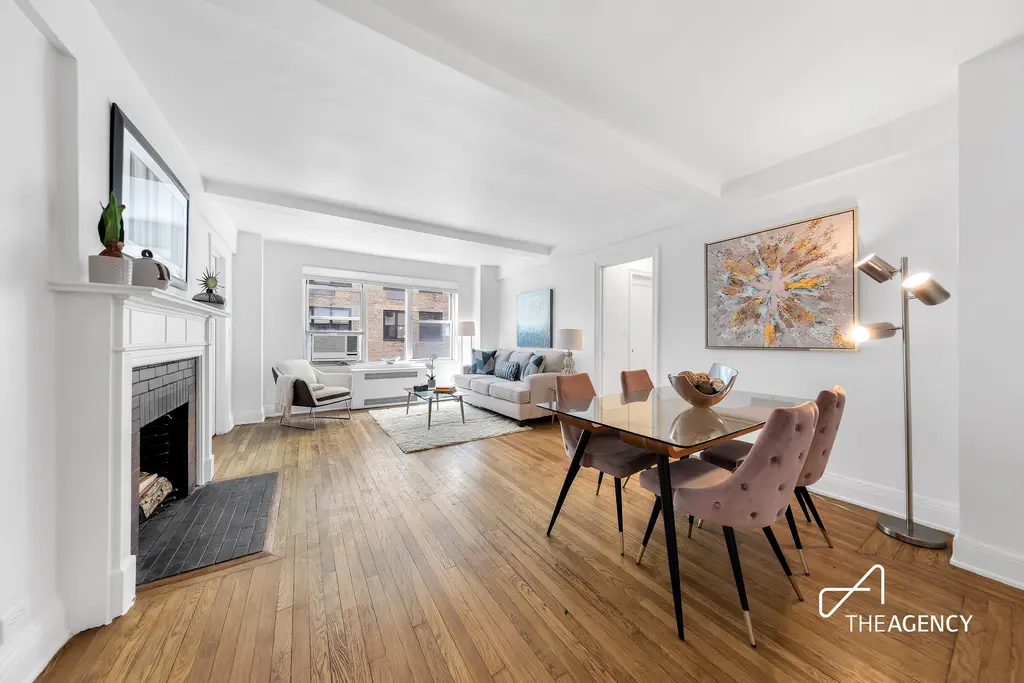
Southgate, #5E (The Agency Brokerage)
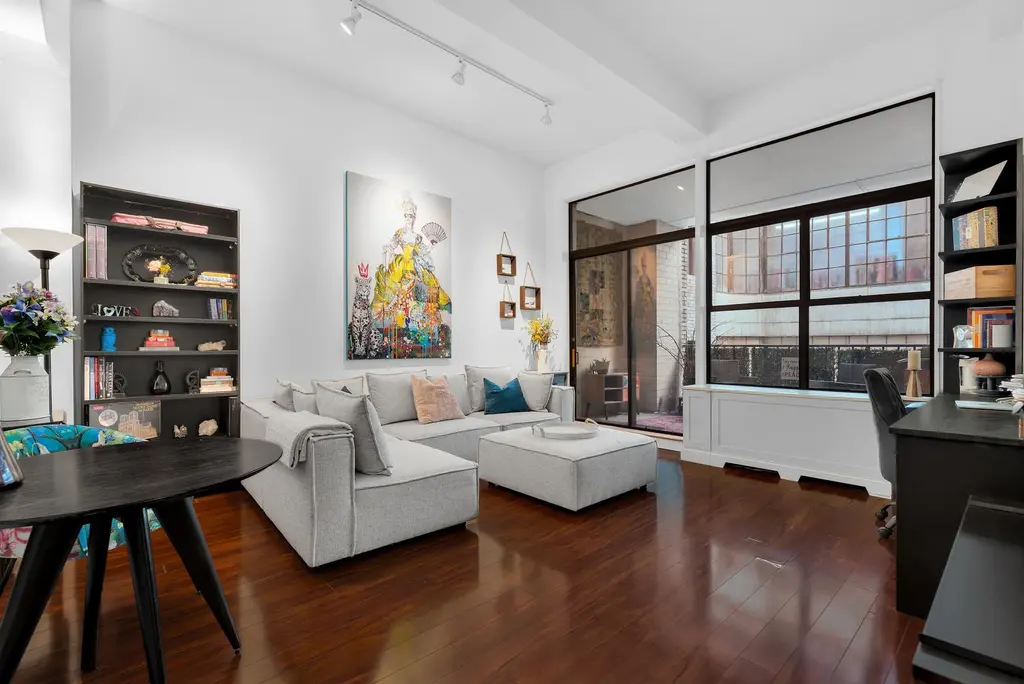
Murray Hill Plaza, #12A (Douglas Elliman Real Estate)
212 East 48th Street, #7D
$650,000
Turtle Bay/United Nations | Cooperative | 1 Bedroom, 1 Bath | 874 ft2
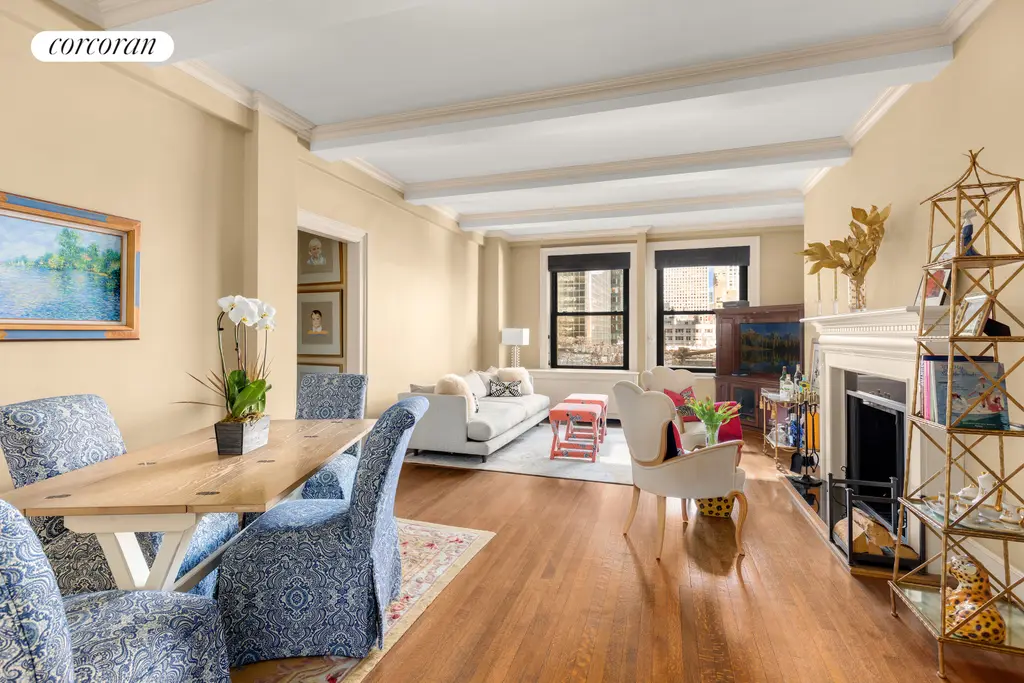
212 East 48th Street, #7D (Corcoran Group)
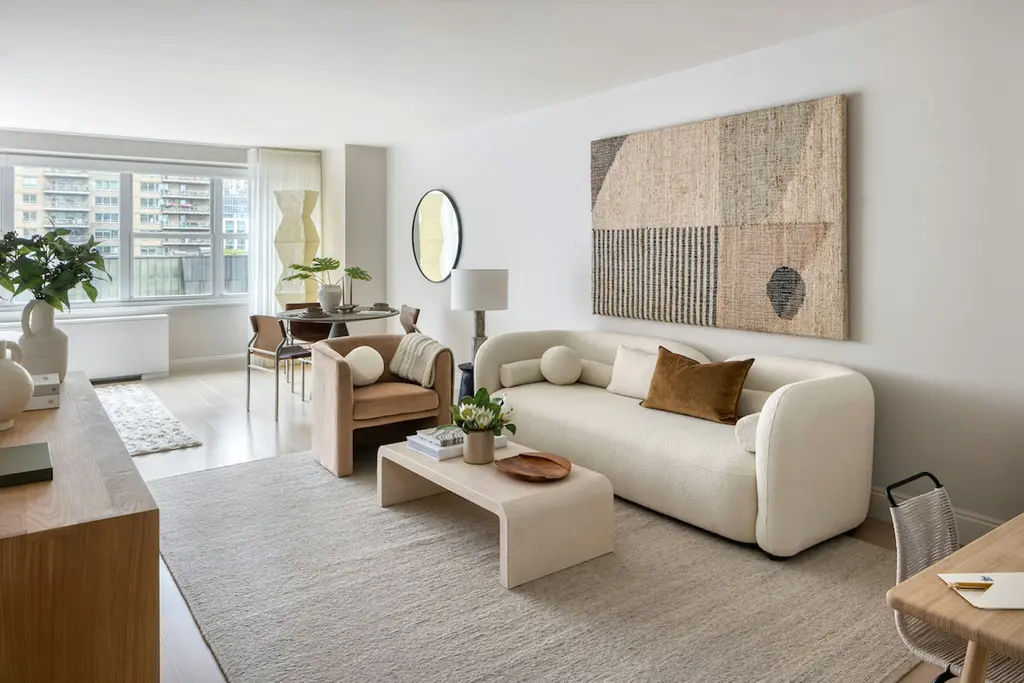
155W68, #1025 (Brown Harris Stevens Development Marketing LLC)
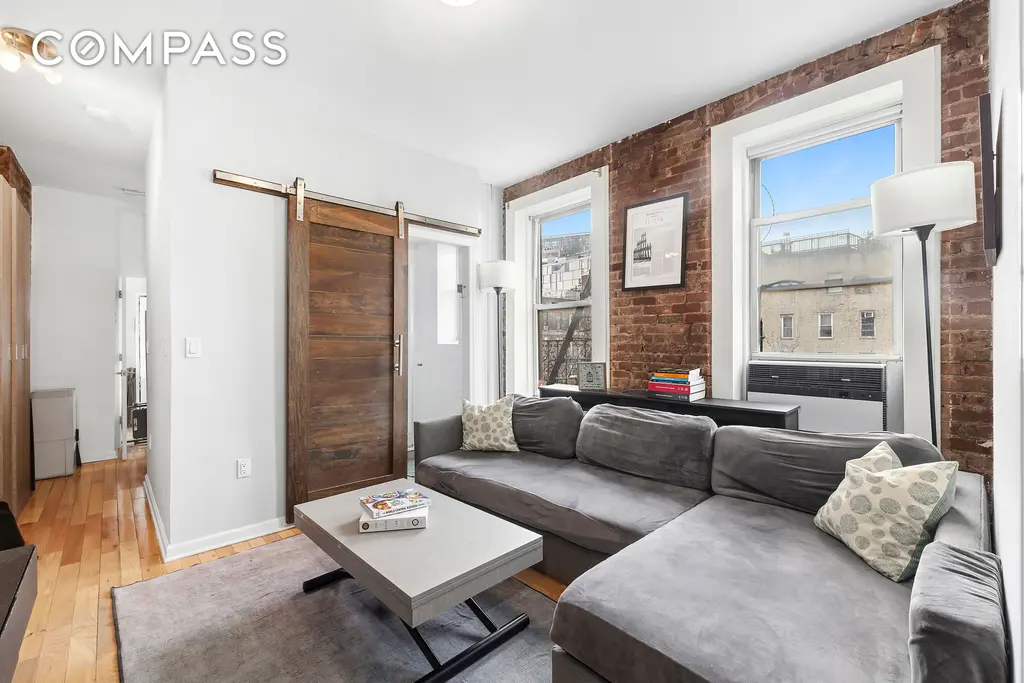
124 Thompson Street, #21 (Compass)
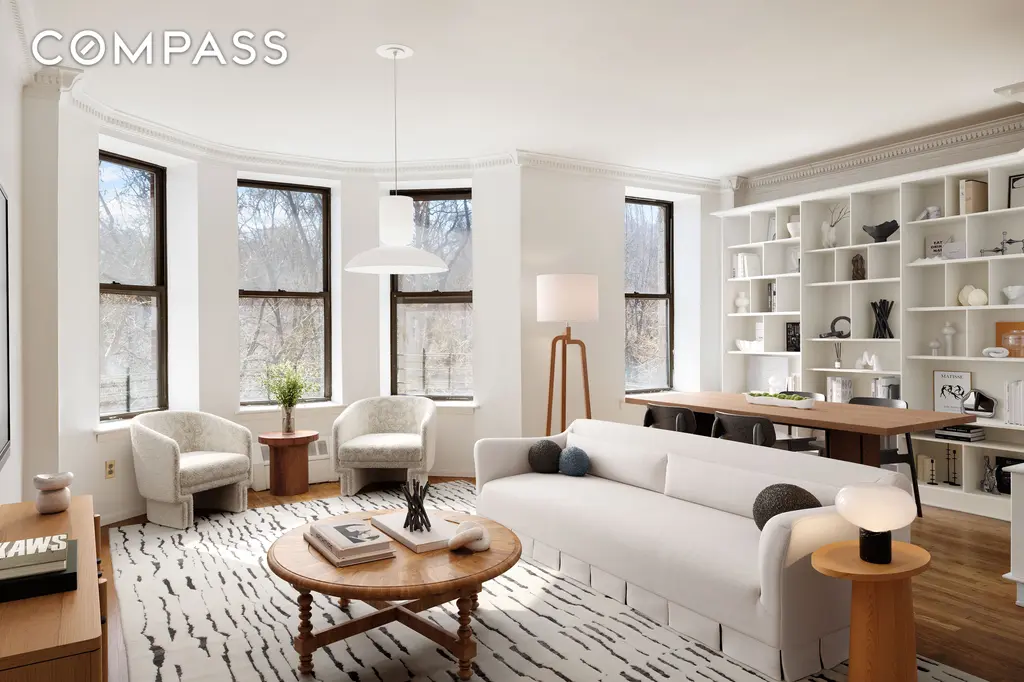
The Semiramis, #3B (Compass)
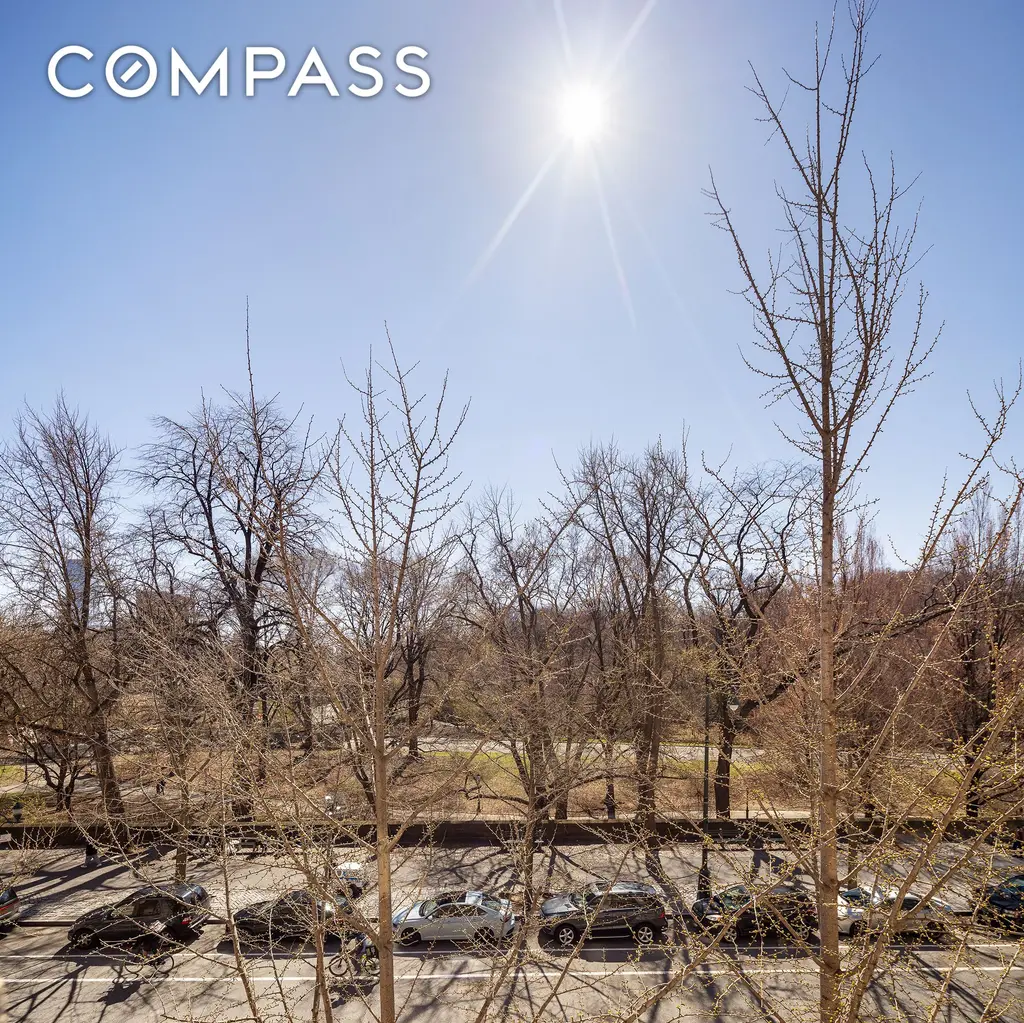
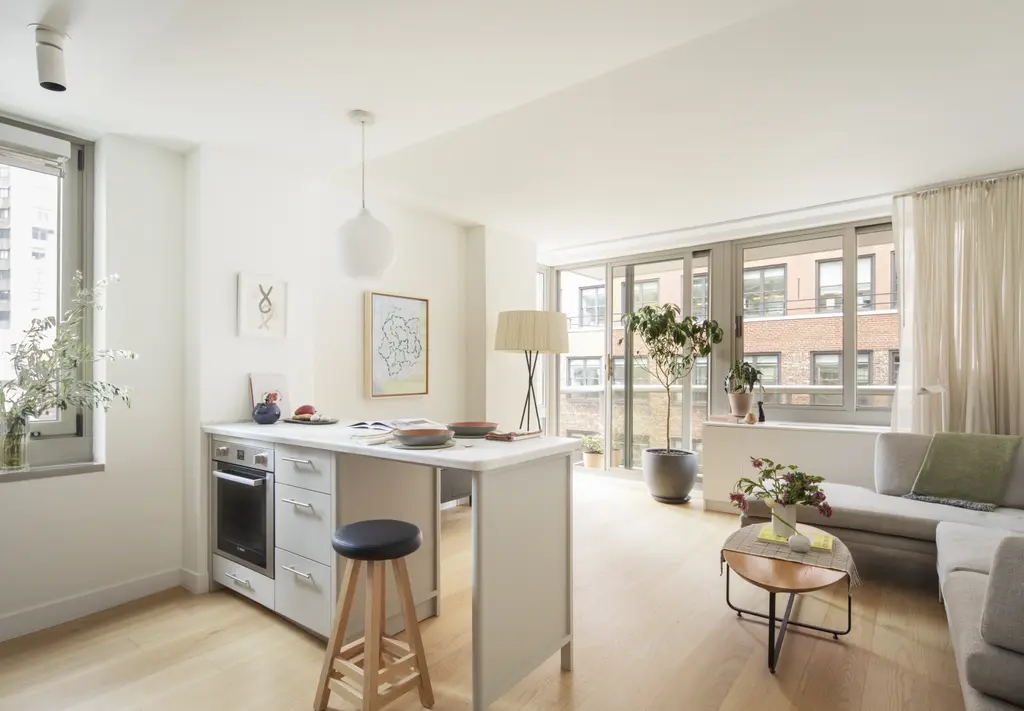
The Perrie, #305 (Corcoran Group)
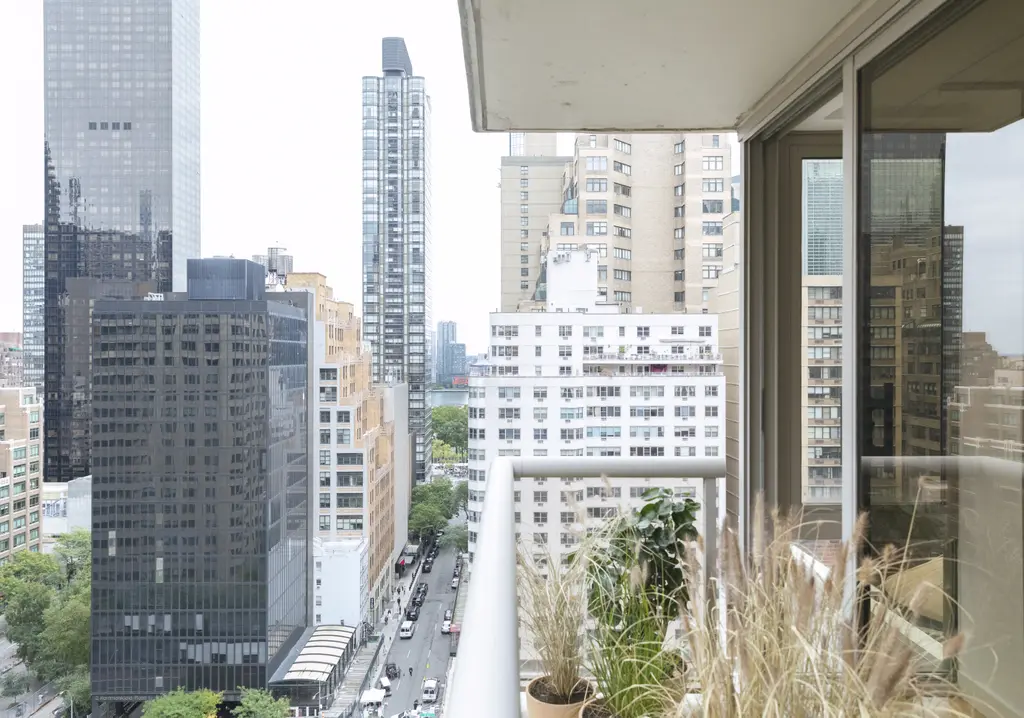
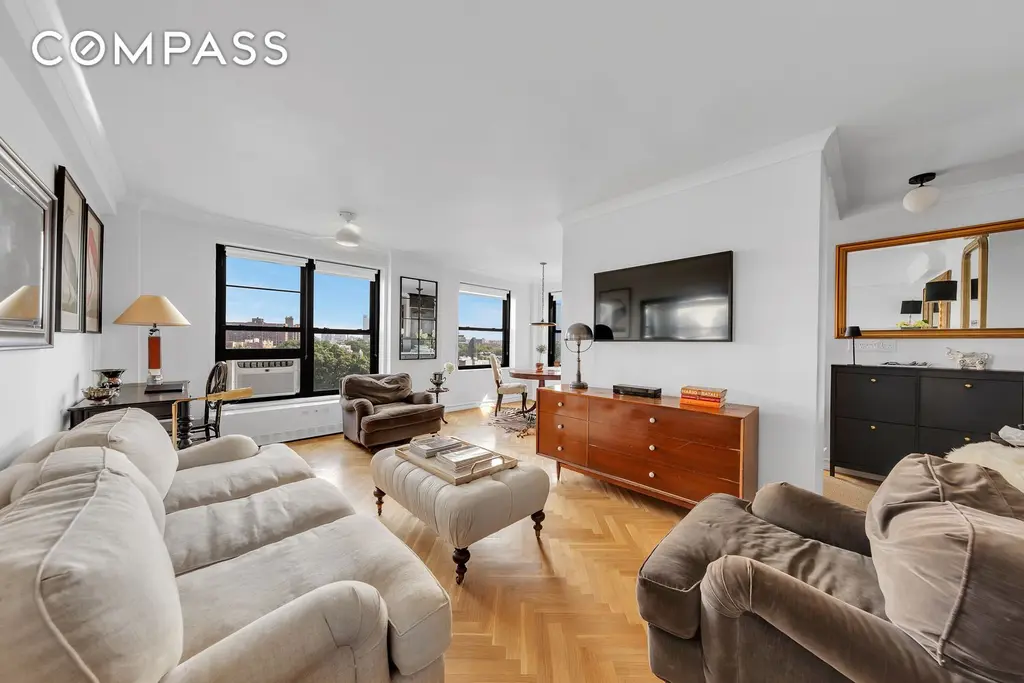
210 Clinton Avenue, #11A (Compass)
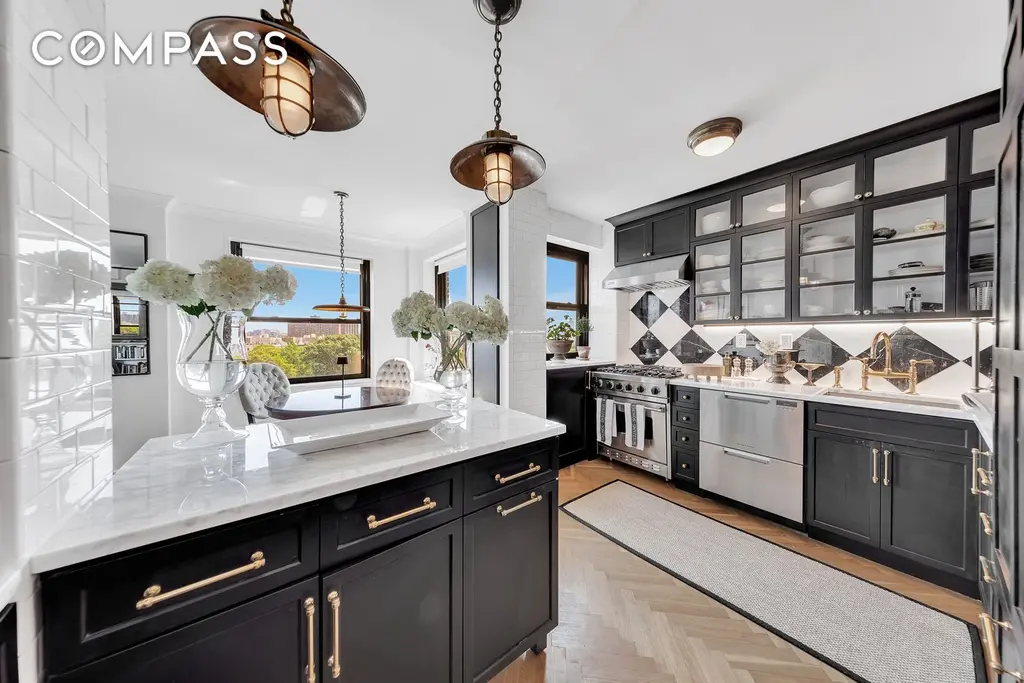
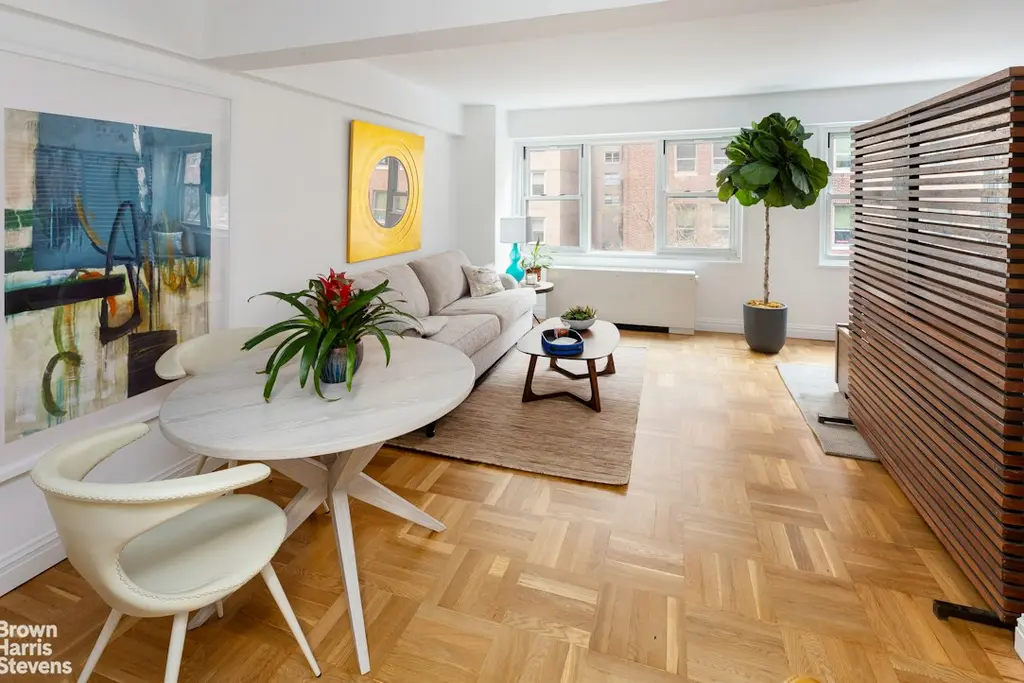
210 East 63rd Street, #5A (Brown Harris Stevens Residential Sales LLC)
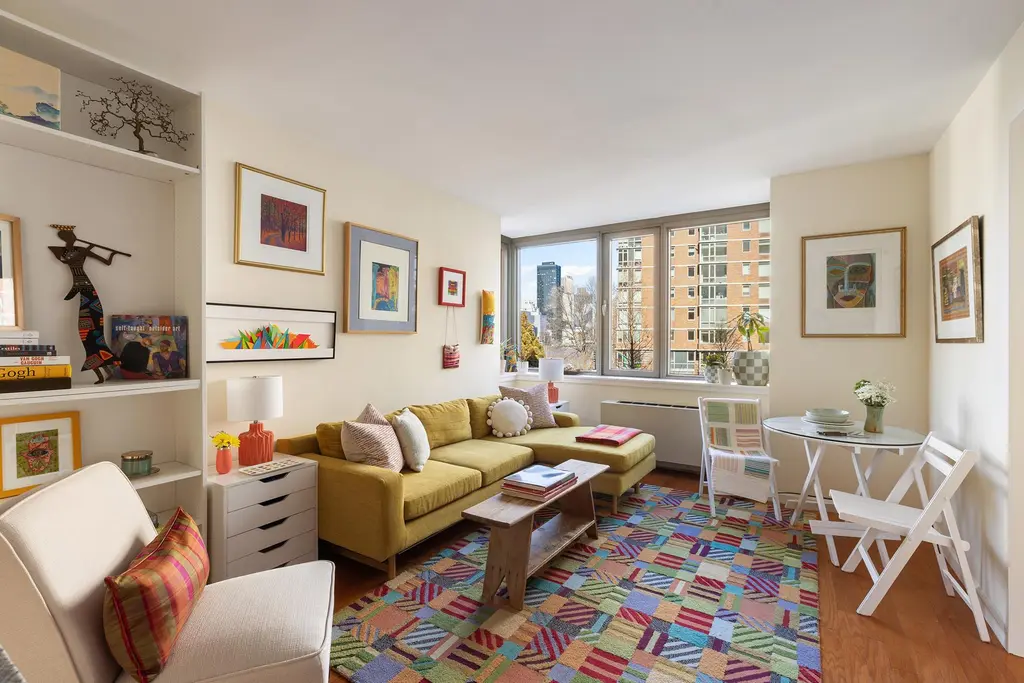
Riverwalk Landing, #4C (Ferenets Iryna)
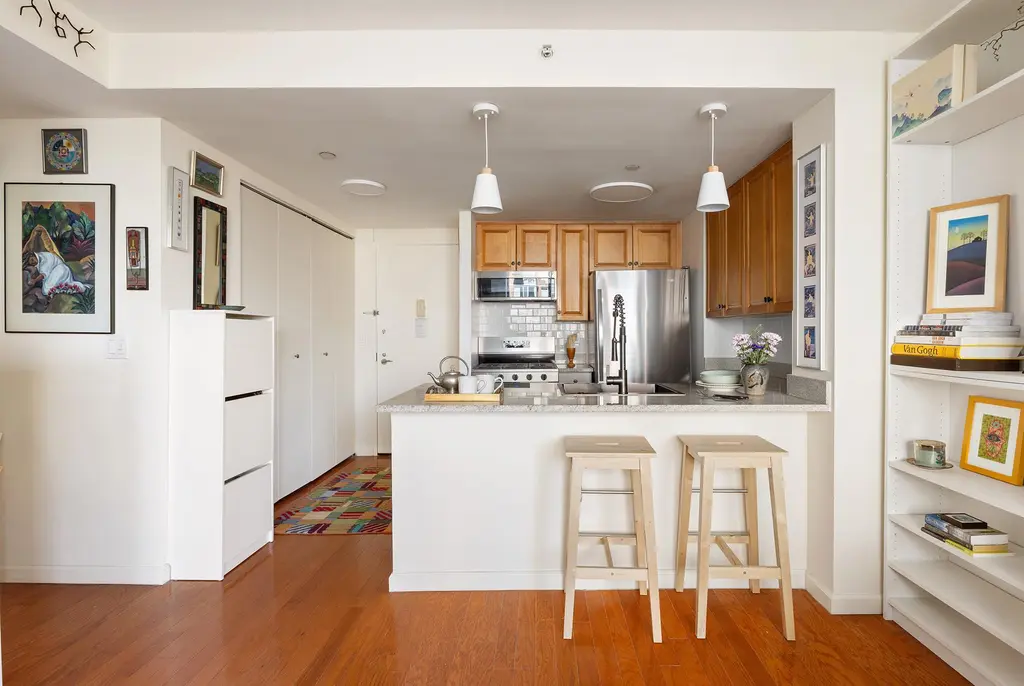
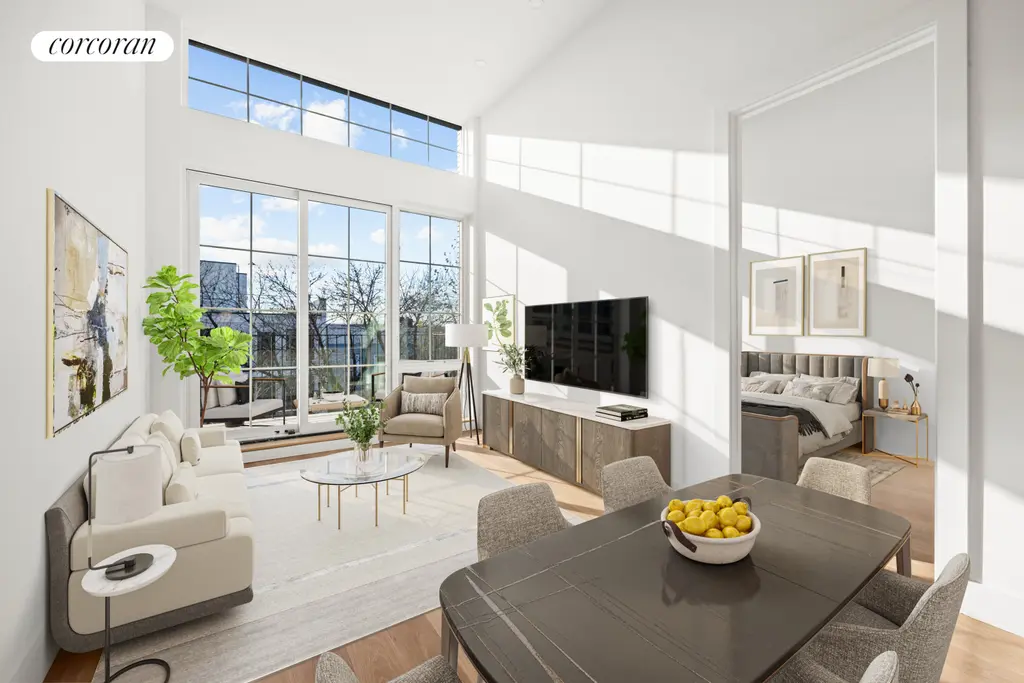
1019 Hancock Street, #4B (Corcoran Group)
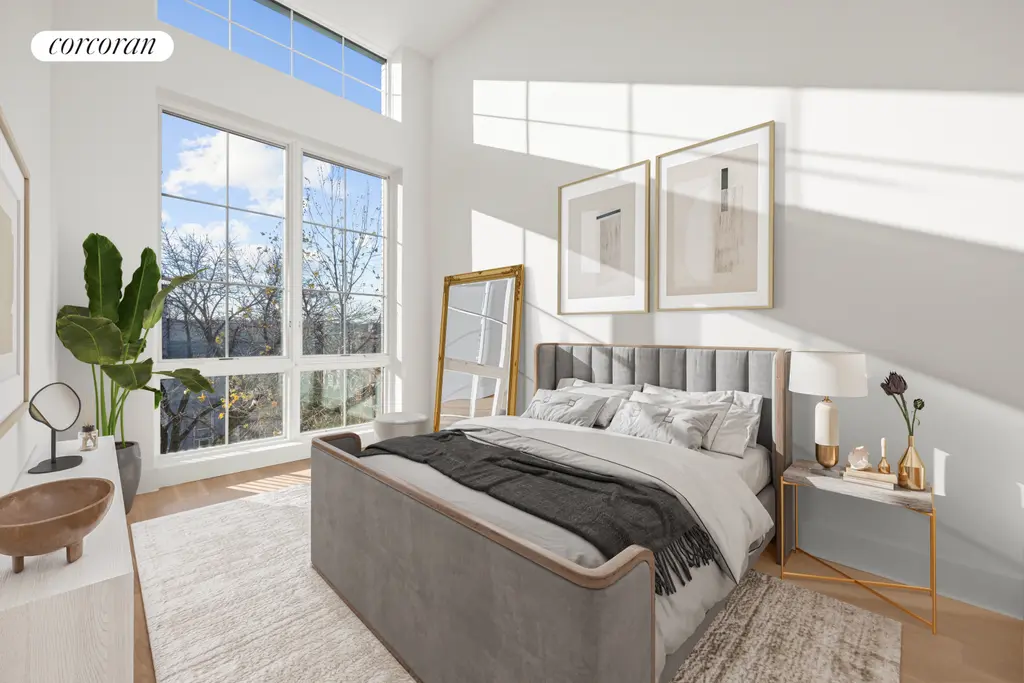
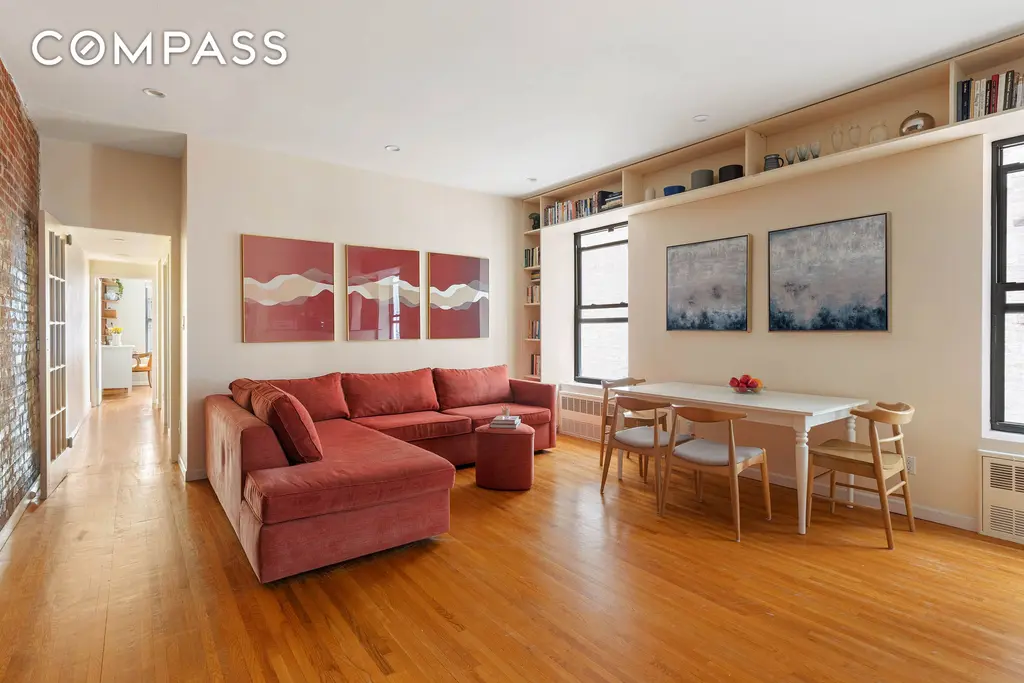
155 West 80th Street, #3B (Compass)
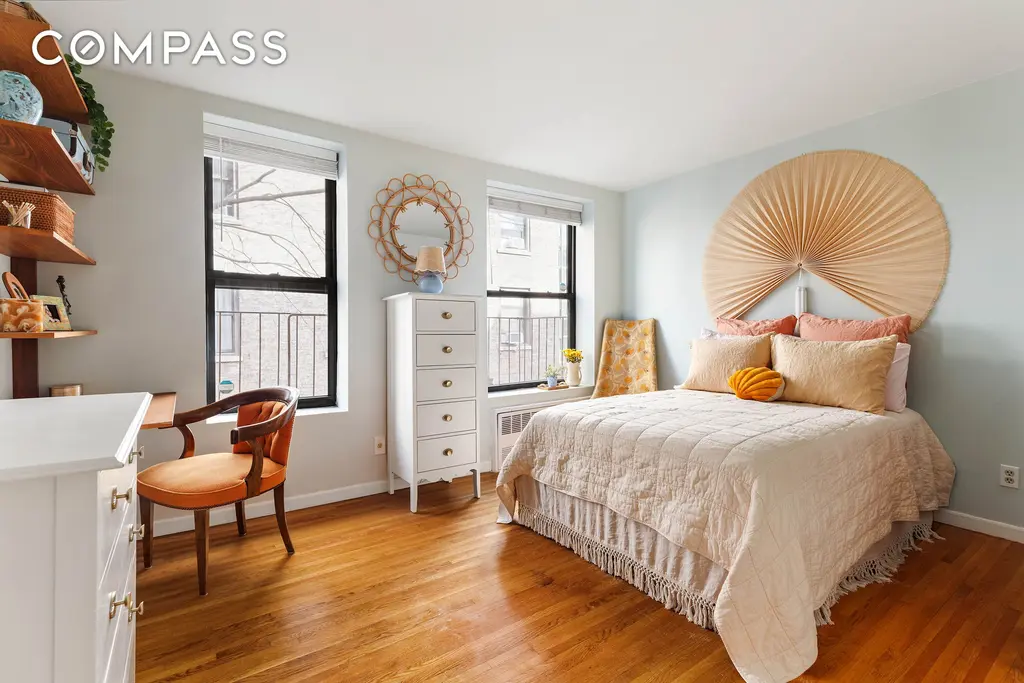
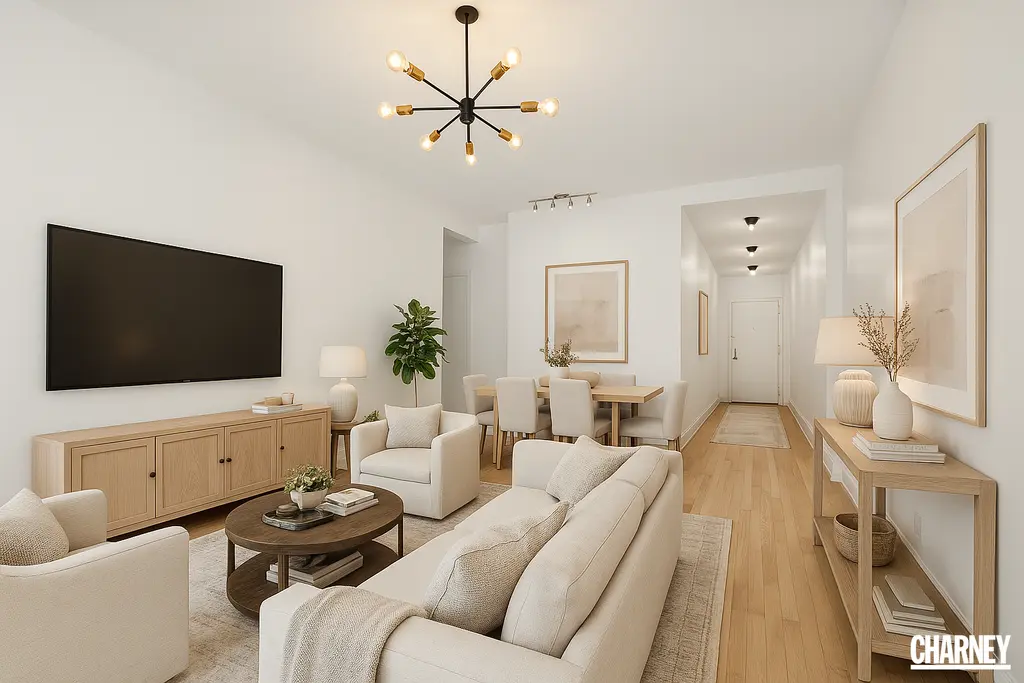
The Alcazar, #4B (CHARNEY REAL ESTATE LLC)
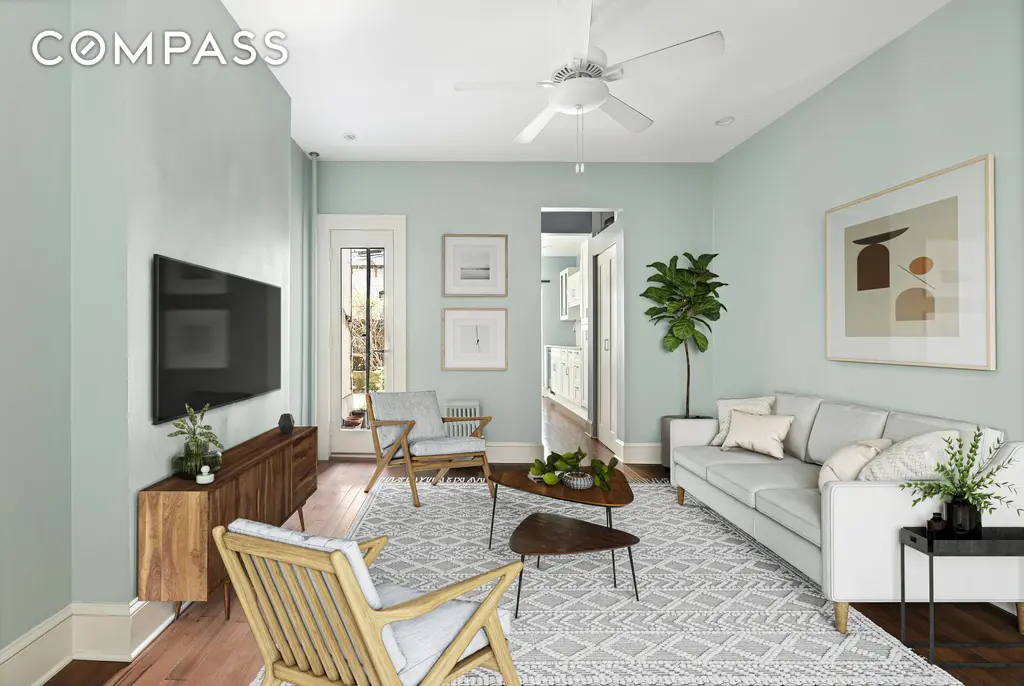
456 Prospect Avenue, #1L (Compass)
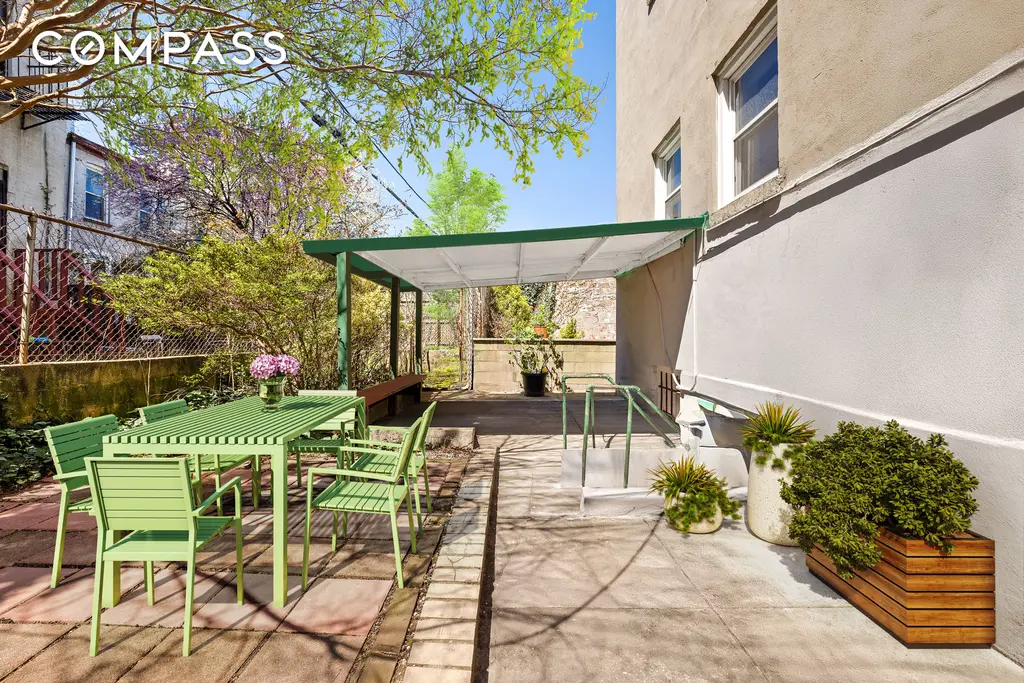
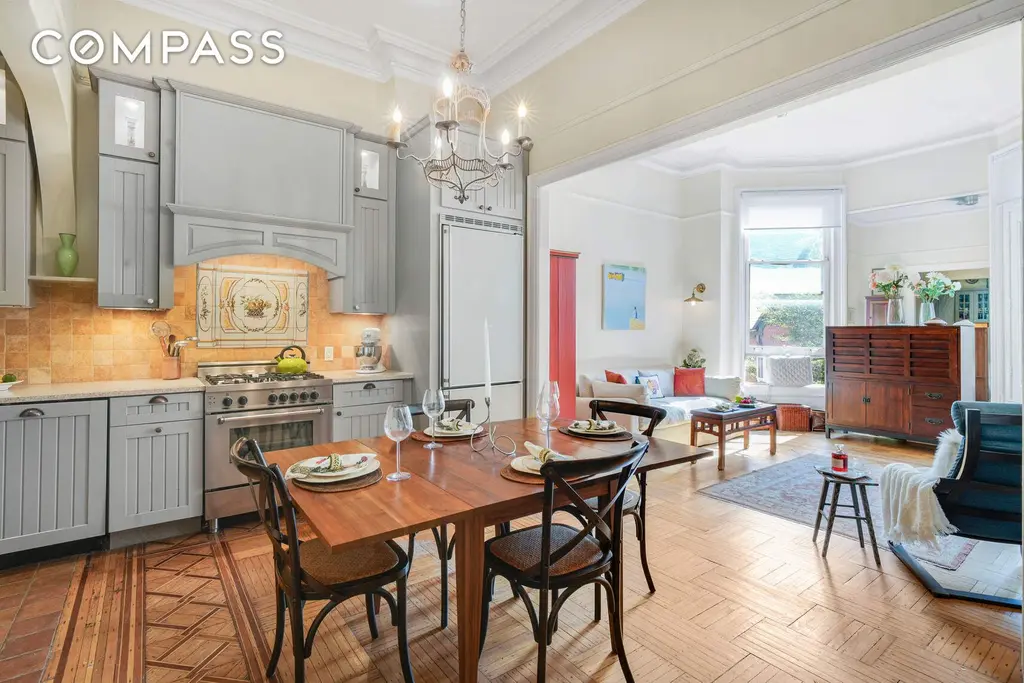
132 Joralemon Street, #3BC (Compass)
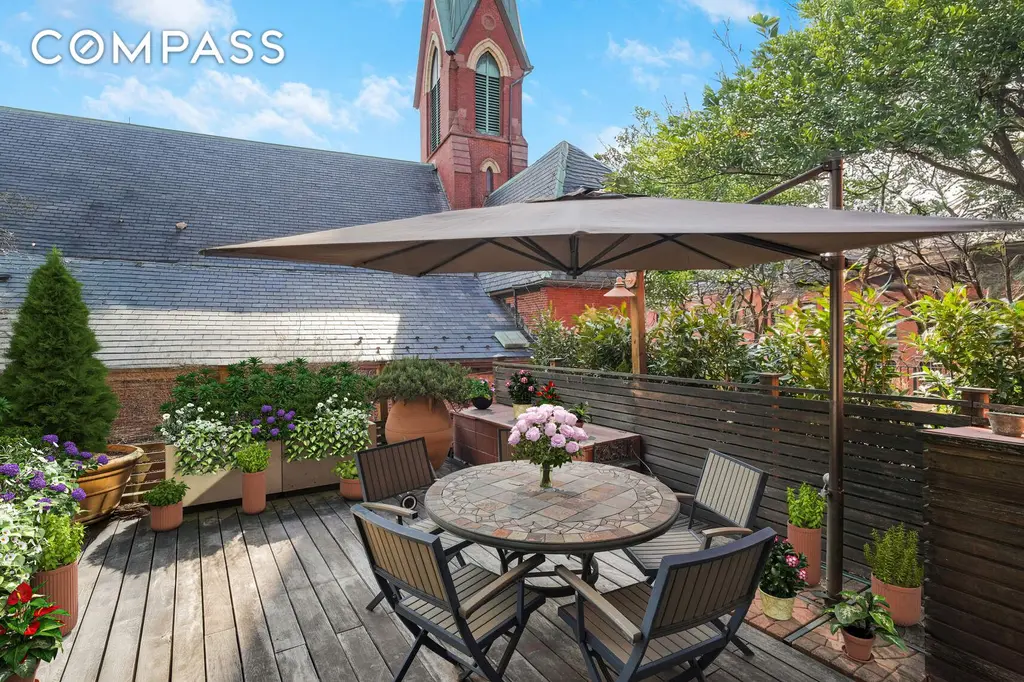
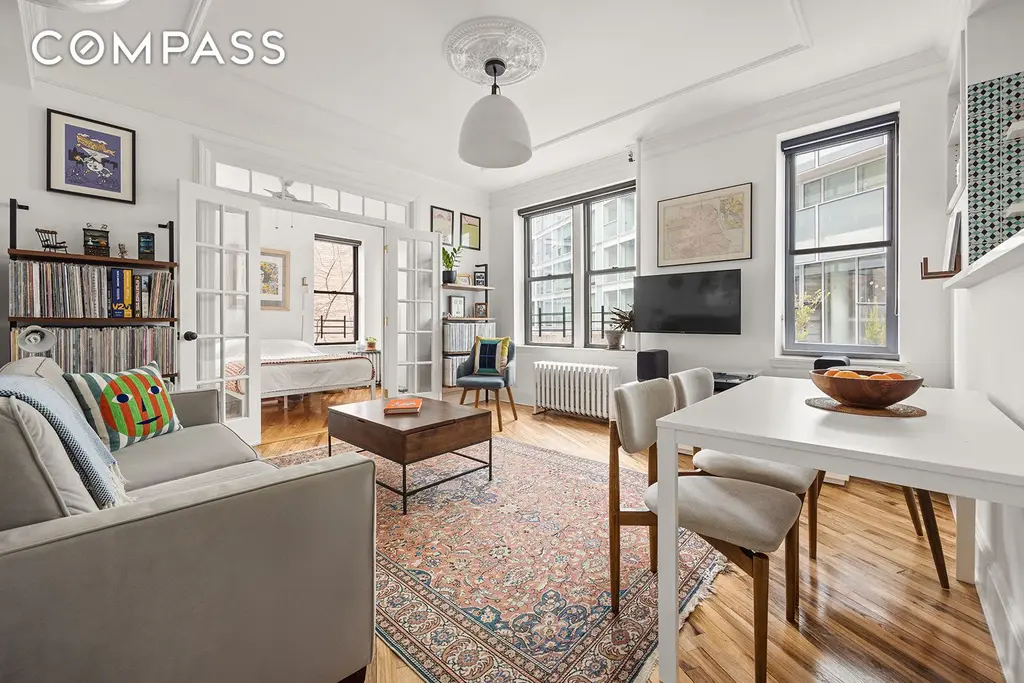
274 Saint Johns Place, #3C (Compass)
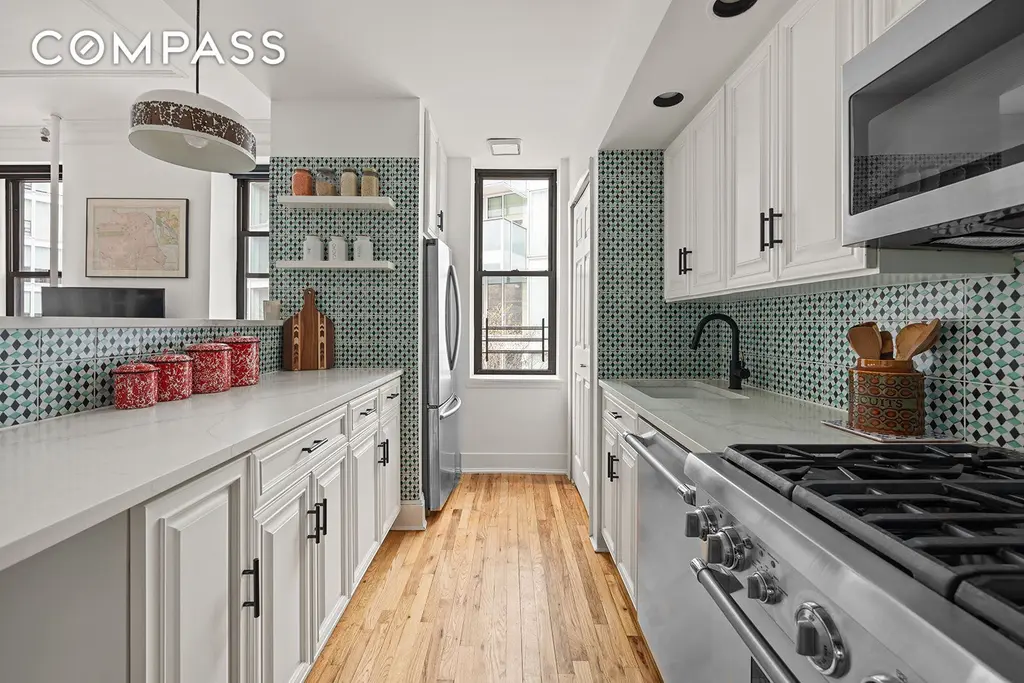
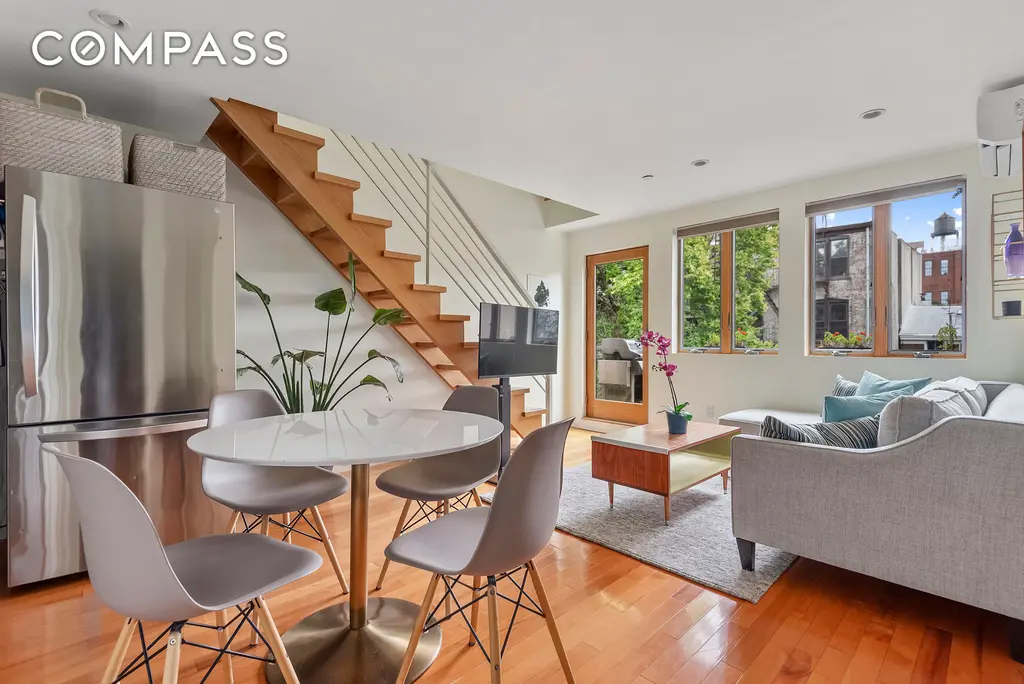
362 12th Street, #6 (Compass)
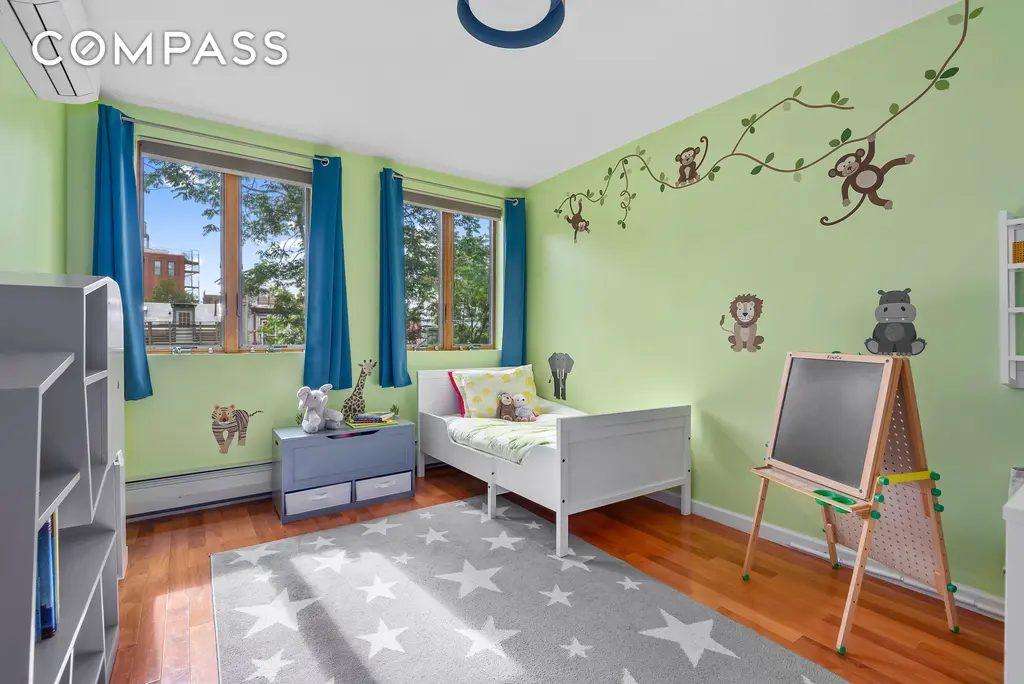
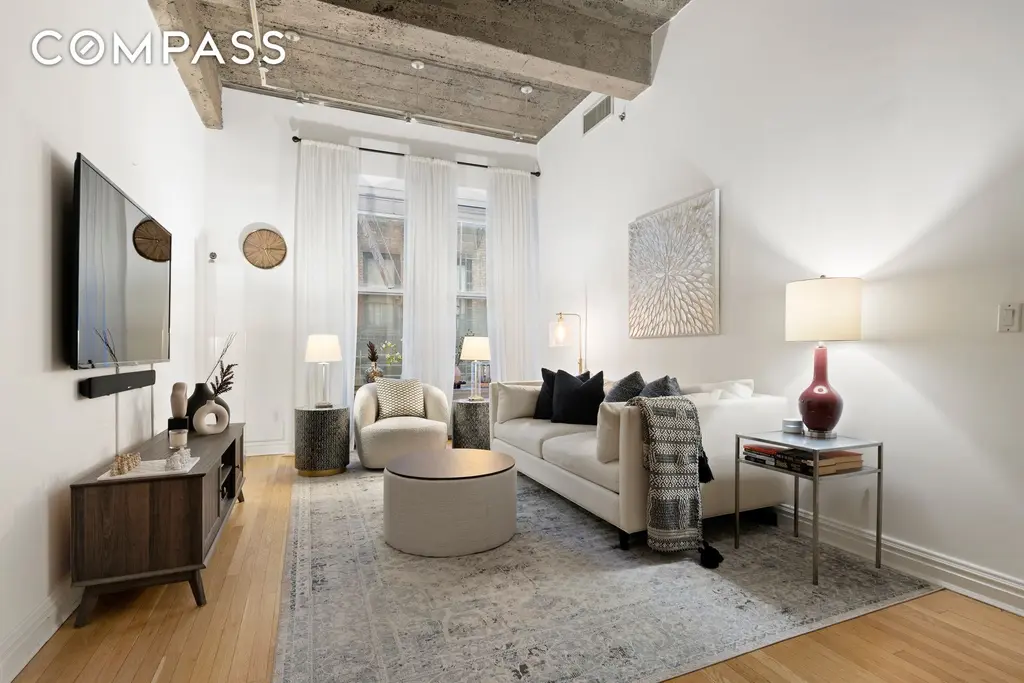
Loft 55, #2D (Compass)
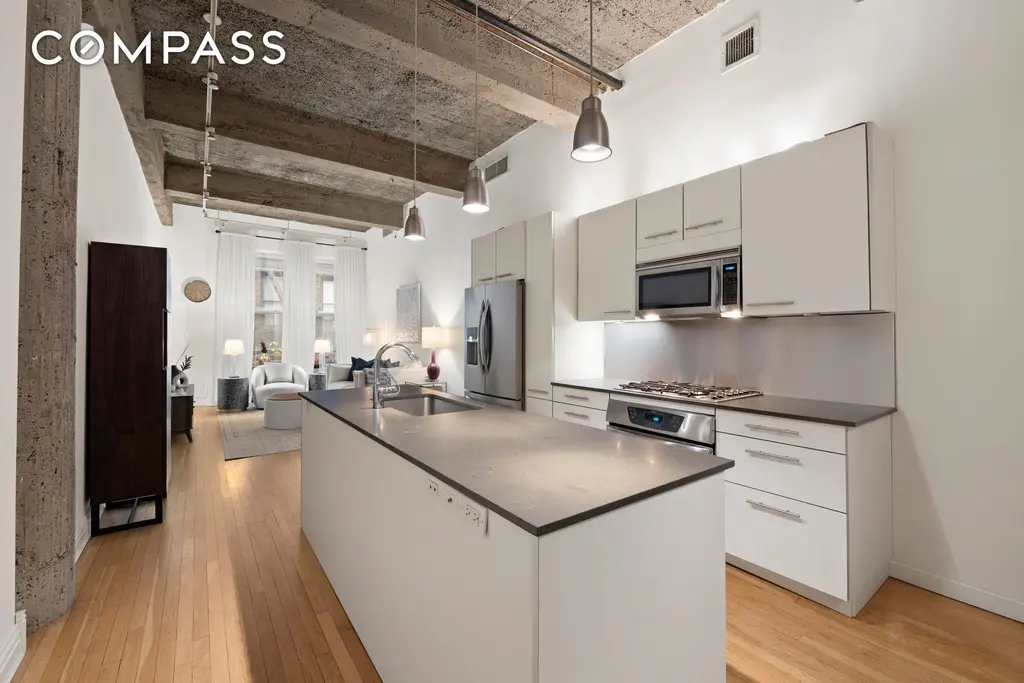
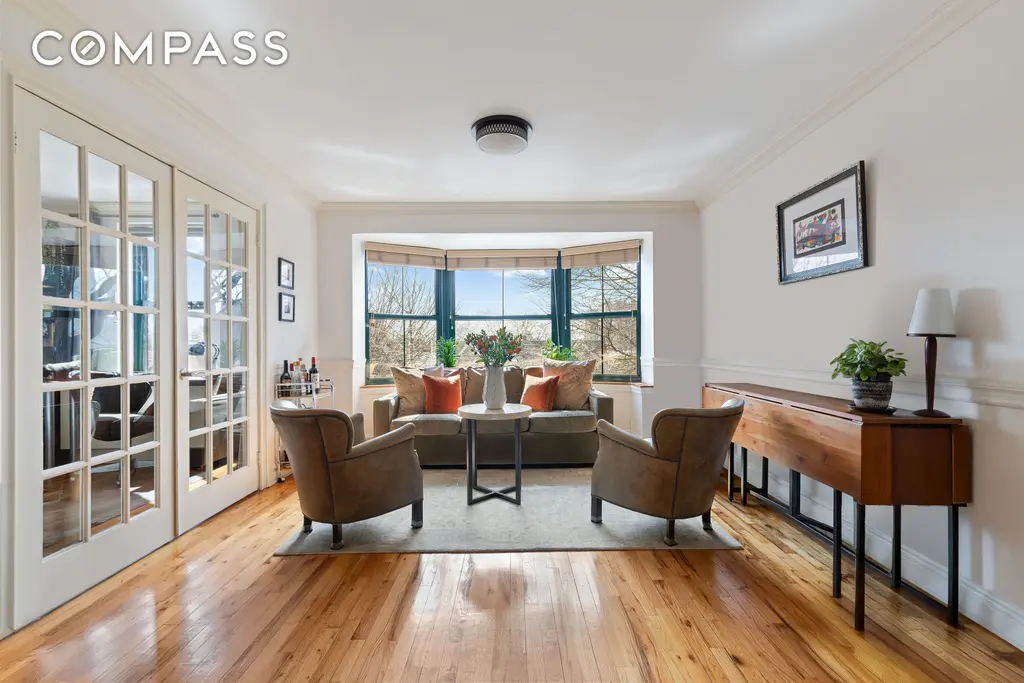
Prospect Park Mews, #4G (Compass)
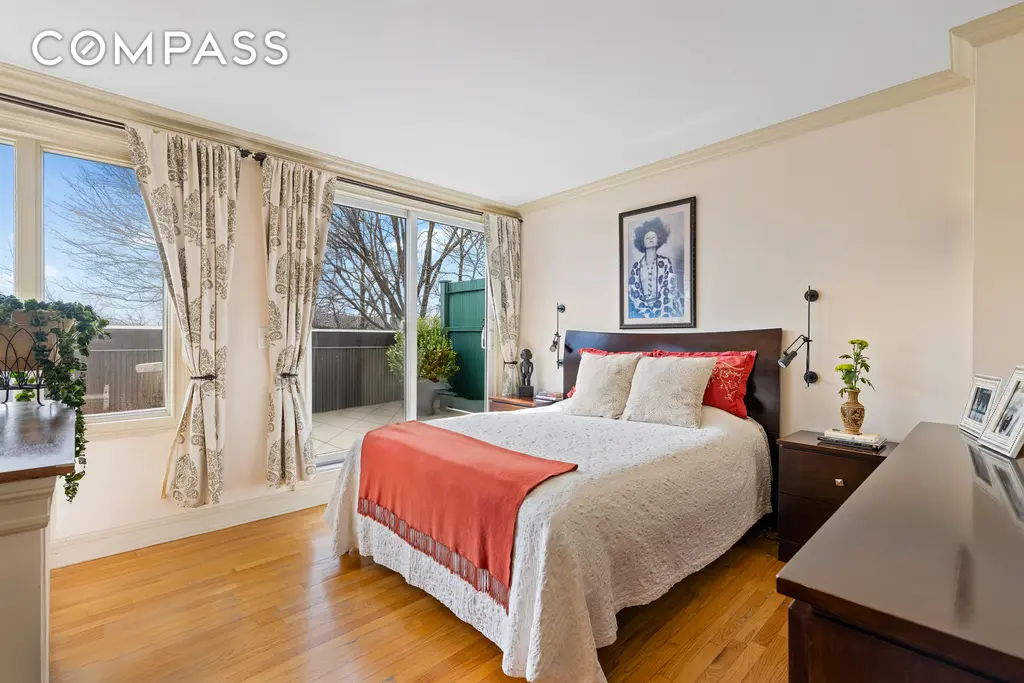
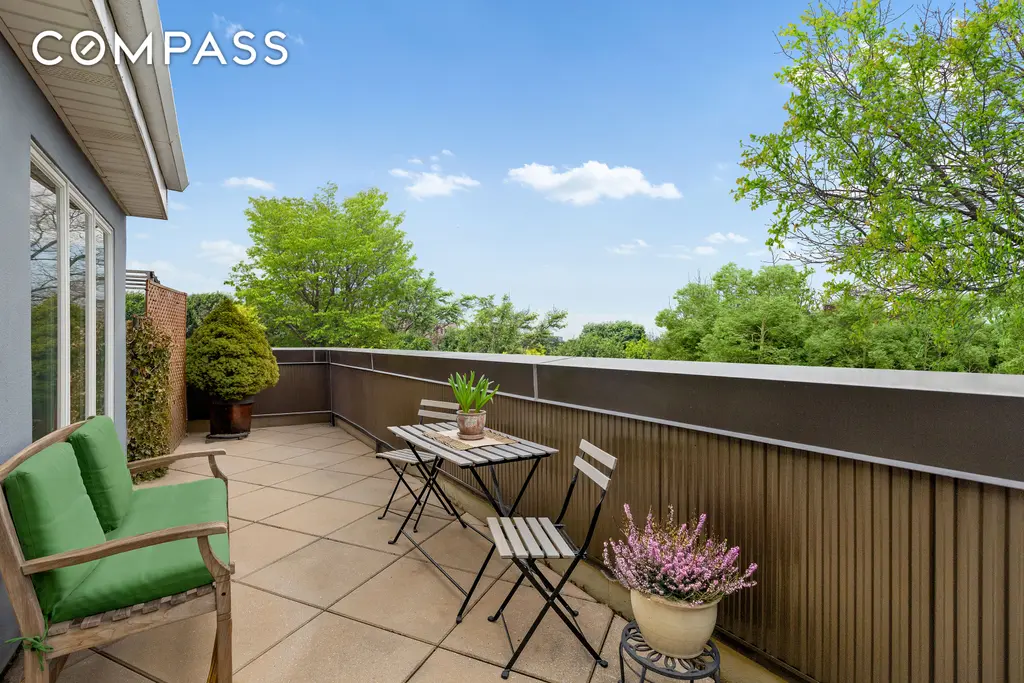
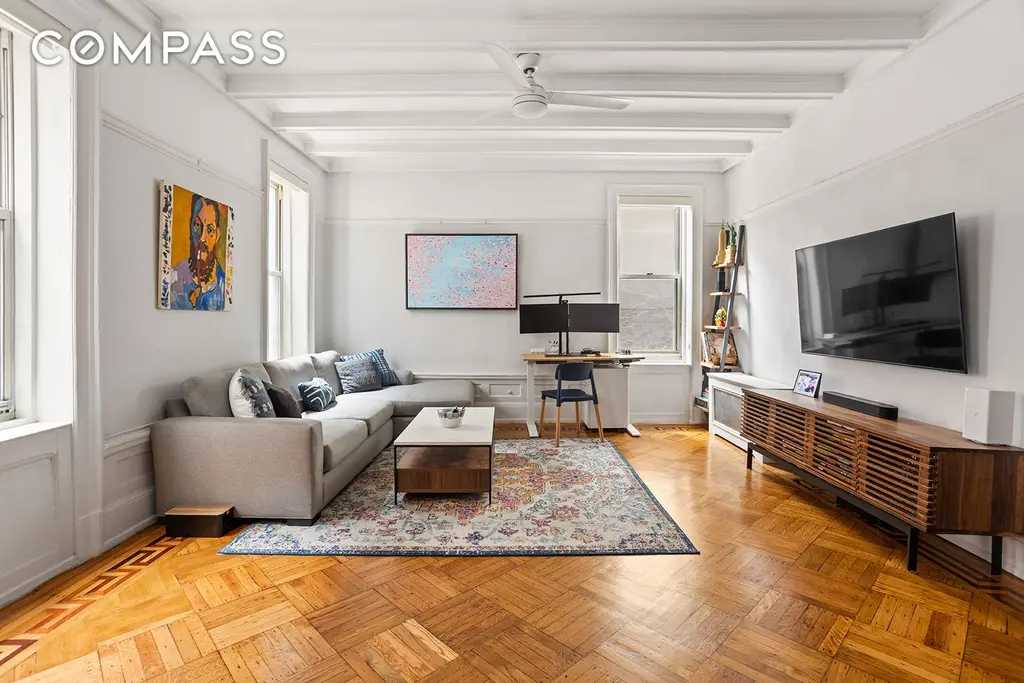
129 Columbia Heights, #3 (Compass)

Would you like to tour any of these properties?
Just complete the info below.
Or call us at (212) 755-5544
Would you like to tour any of these properties?

Contributing Writer
Cait Etherington
Cait Etherington has over twenty years of experience working as a journalist and communications consultant. Her articles and reviews have been published in newspapers and magazines across the United States and internationally. An experienced financial writer, Cait is committed to exposing the human side of stories about contemporary business, banking and workplace relations. She also enjoys writing about trends, lifestyles and real estate in New York City where she lives with her family in a cozy apartment on the twentieth floor of a Manhattan high rise.

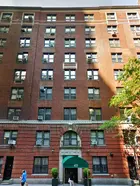
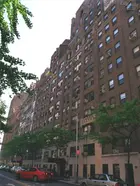
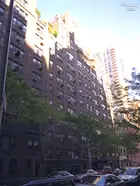
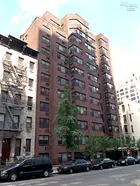
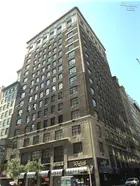
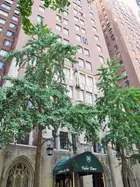
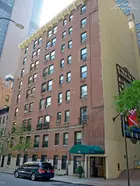

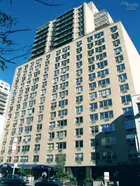
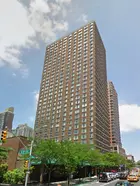
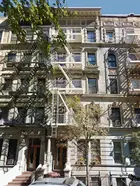
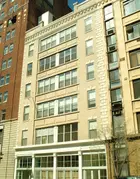
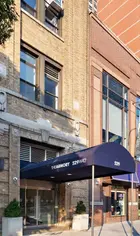
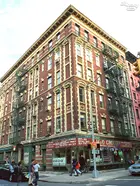
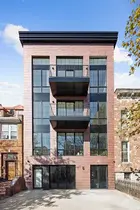
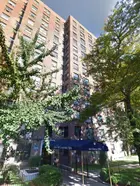
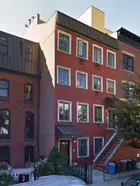
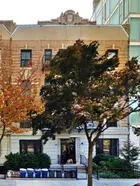
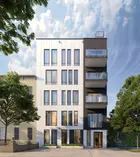
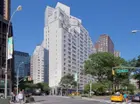
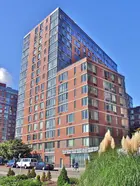

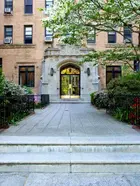
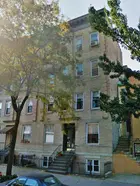
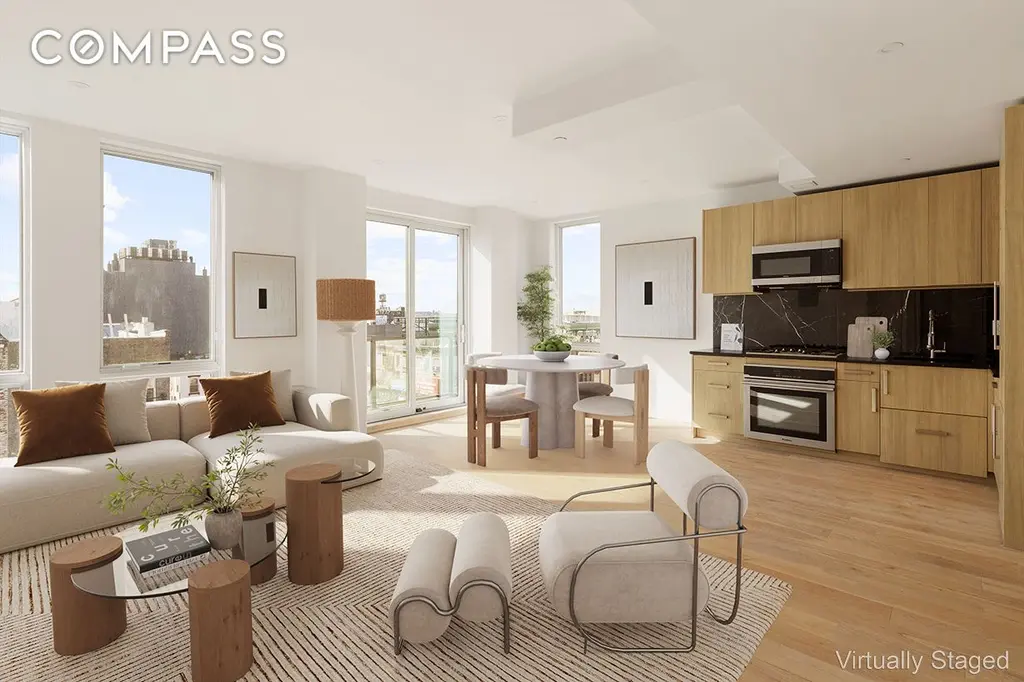
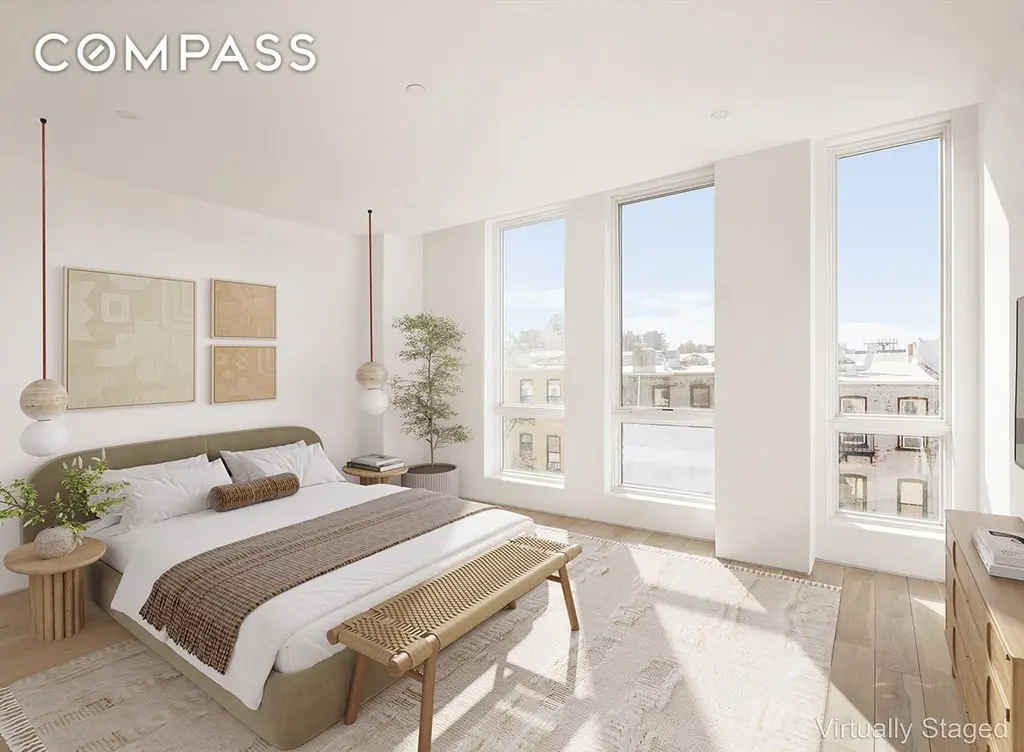
 6sqft delivers the latest on real estate, architecture, and design, straight from New York City.
6sqft delivers the latest on real estate, architecture, and design, straight from New York City.
